The world feels deeply uncertain these days, but two things are for sure: We all need to stay home (read this and this, and do it NOW unless your job is part of the emergency response) — and we all need to keep ourselves nourished, body and soul. Here are some suggestions on how to make good buying, storing, and cooking choices in the weeks and months to come.
I'm eager to use my knowledge and skills to help you find the best ways to sustain yourself and your loved ones during these oddest of times. Have questions you don't see answered here? Ask me.
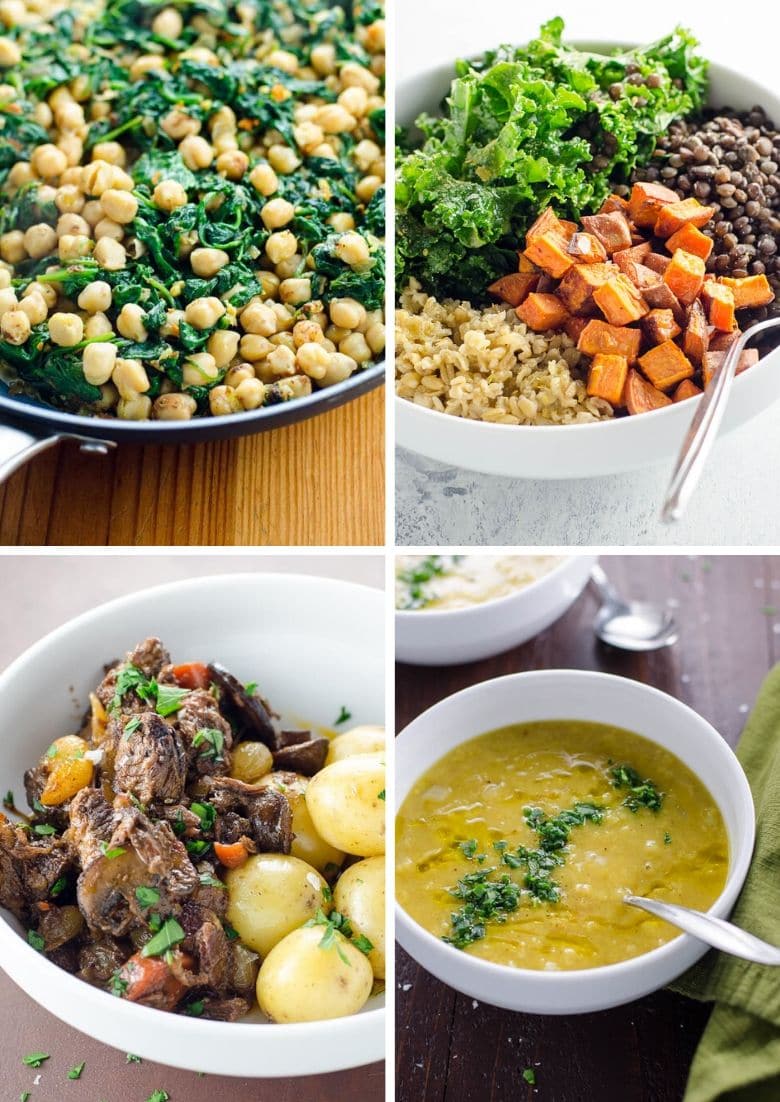
What this post covers
Here's what this post covers. You can use it as a game plan for easing into new habits that keep you well-nourished and as calm and joyful as possible during this challenging time.
- A basic game plan for shopping, storing, cooking, and eating
- A super-simple, super-effective tip for making fresh food last as long as possible
- Lists of ingredients across all categories that last a long time (not just cold cereal and crackers)
- Tips for staying stocked while shopping infrequently (without hoarding)
- A few of our best cooking basics for those who haven't done much cooking before
- A link to a great list of substitutions for common ingredients you may not always have on hand (or feel free to ask me what to make with what you've got)
- Some of our favorite recipes that make big batches, keep and freeze well, and provide both comfort and nutritional power
- How to cook when you hardly have anything
- Some of our favorite things to bake, including our favorite baked goods that use frozen fruit

The basic game plan
Our goal for the foreseeable future will be to transition into a moment of lots more cooking and eating at home. My sense is that this will be true to some degree for virtually everyone, whether you've hardly cooked at all in your life or you routinely feed a large family on a budget without many restaurant or takeout meals. For some folks, the main difference may be shopping with less frequency and less control over what's available. For others, it may be learning some basic skills. Regardless, we've got you.
Here's the basic game plan.
- Stock the pantry: Keep the pantry and cupboards stocked with nutritious dry goods. Depending on your budget and circumstances (including the needs of others in your community), you can gently front-load these purchases or populate your shelves over time. See the details in What to buy: Stocking the pantry, below.
- Stock fresh foods: Shop for fresh ingredients every one to two weeks, again depending on your circumstances. If you have reasonable access to grocery delivery, this is a great time to set up a weekly time slot and use it responsibly. Some perishables last a lot longer than a week or two, so you won't need to buy everything all the time once you've gotten into the groove.
- Make a meal plan you can count on: If you're newer to cooking and/or eager for order and predictability, make a list of three breakfasts, five lunches, five dinners, and a few easy snacks that you and those you're cooking for really like. You can choose entirely from the suggestions below, which accommodate a variety of diets and circumstances. Or you can make your own list. Put this list on rotation on a weekly basis. (Choose more or fewer recipes based on personal preference — this is just a general guideline to get you started.)
- OR wing it a little more: If you're taking this slower moment in the world to dote on your cooking a little bit and/or just don't thrive on routine, use the suggestions below and others you find to create your own weekly menus, or at least a basic mental outline of what you'll cook and eat for the week. I usually fall into this camp, preferring a little spontaneous creativity over meal planning — but these days, with limited shopping, I'm leaning into planning more than usual.
- Make dinnertime joyful: If you live with other people, hang out together every night at dinner, whenever possible. Show up for each other. Be silly. Be present.
- Don't be everything to everyone: Unless your kids are very little or you have family members with special needs, please don't try to do everything for everyone. I'm already seeing moms in my social media feed burning out on making lunches for schoolkids, posting whiteboard menus, etc. Please use this as an opportunity to teach your family members new skills, or learn together, and hold each other accountable. It's a little bit harder at first, easier soon thereafter, and does better by everyone in the end. Thank you for coming to my TED Talk.
- Stay flexible: Learn and adjust as you go. We've got this.
Protip: Structure through mealtime
During this time when lots of the external structures of our weekly schedules have fallen away, we're trying to introduce some fun, gentle structure with food rituals. The first one we've implemented is homemade pizza Fridays. So far, so good.
Here's the dough recipe you'll want to use if you're making it by hand (though no presh — frozen dough balls from the supermarket are great, and you can, now as always, support your local pizza place by asking to buy dough balls from them directly).

The easiest thing you can do to make fresh food last longer
Here's something I figured out years ago but rarely talk about. Turning the temperature of your fridge down just a few degrees makes a huge difference in how long your food will last. The FDA recommends a maximum of 40°F for food safety, but this just isn't cold enough. We keep our fridge set to 35°F, which is as cold as you can get without risking freezing. This setting keeps the fridge in the 35°F to 38°F range even if it's opened frequently. Food stays good for ages.
Full disclosure: The reason I don't broadcast this choice on a regular basis is because I don't feel like dealing with backlash from people who might think it isn't a good choice for the environment. I've never done a study, but my guess is that for our household, where I'm not highly inclined toward meticulous meal planning, it probably prevents a whole lot of food waste.
That's a decision you can make for yourself under normal circumstances. Right now, if you're trying (or mandated) to limit your trips to the grocery store, a few degrees will change everything.
Note: If your fridge has a dial with the numbers 1-5 or 1-9 on it, almost always the highest number is the coldest setting. You may have to experiment a bit to see where 35°F resides on your fridge's dial.

What to buy: Fruits that last a long time
Here's what to buy in the fruit section that will last for weeks and weeks.
For the fridge
For best results, keep these items loose in your crisper drawers.
- Apples. Most apples will keep in a crisper drawer for one to two months.
- Oranges, clementines, satsumas, etc. Most good-sized oranges with a thickish skin will last up to two months in the fridge. Smaller thinner-skinned oranges and other orange citrus will last a couple of weeks at least.
- Grapefruits. These guys last five-ever in the crisper. I've almost never seen one go bad. Two months at least.
- Lemons and limes. Lower-glycemic, great for adding to everything from savory foods to seltzer. Lemons with thick skin will last for two months, and limes will last for at least a month. Note: We try to buy organic as often as possible, but for lemons I make an exception and buy conventional. As a general rule, they're much juicier.
- Pomegranates. A whole pomegranate will last up to a month in a cold fridge. They may not be your first instinct on what to buy, but pomegranate seeds are packed with nutrients. In addition to being a great snack, they add a little bit of delight to a wide variety of savory dishes. They can be relatively pricey (though whole fruits are much less expensive — and last much longer — than seeds already removed from the fruit), so maybe don't go nuts with the pomegranates on a tight budget.
For the freezer
Here are our favorite fruits to store by the bag in the freezer. Choose fruit with no added sugar. Use these fruits to make smoothies when you're looking for a healthy treat and to bake when you're seeking comfort. See specific suggestions below for baking.
- Bananas. We like to keep two bunches of bananas on the counter: one yellow, one green. Eat as they ripen to your preferred stage. If some get browner than you'd like, peel and freeze in gallon-size freezer bags. Super-ripe frozen bananas make the best smoothie base and are also great for banana bread.
- Blueberries, raspberries, strawberries, blackberries
- Sliced peaches
- Sweet cherries
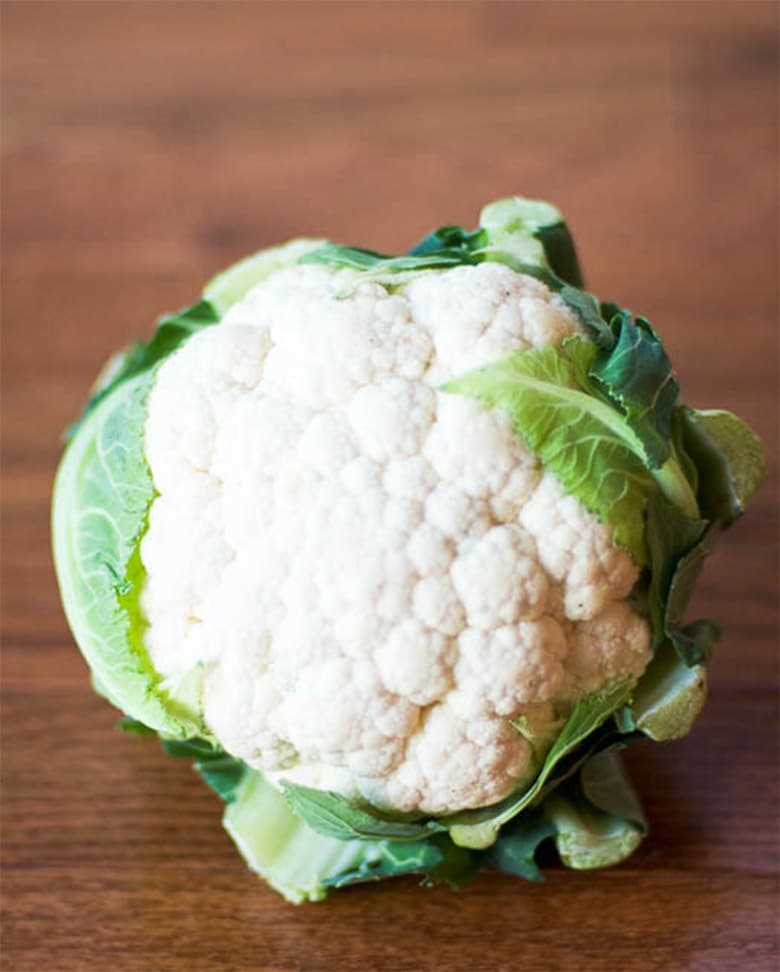
What to buy: Vegetables that last a long time
Here are our favorite, flexible, starchy and non-starchy fresh vegetables that have a reasonably long shelf life.
To store in a cool, dark place
Protip: Do NOT store potatoes together with onions and garlic. They'll all go bad much faster. This is a thing that no one talks about, but we should.
- Potatoes, yams, and sweet potatoes will easily last a month
- Winter squash (butternut, acorn, spaghetti, kabocha, etc.) will last two to three months or more
- Onions, garlic, and shallots will last one to two months if they're nice and firm when you buy them
To store in the fridge
- Carrots last about a month in the crisper
- Celery lasts several weeks if tightly sealed in a bag or other container
- Curly kale lasts two weeks. Keep it well-sealed in a bag, either whole or washed and chopped
- Cucumbers last about two weeks when whole
- Bell peppers last two weeks
- Broccoli, cauliflower, and cabbage will last up to two weeks
- Cremini mushrooms: You'll cook them into dishes that last a long time
- Baby spinach and arugula Lasts about a week, and you'll go through it quickly in cooking and immune-boosting salads
To store in the freezer
Not all frozen vegetables are created equal. These are our favorites to use regularly
- Frozen broccoli (chopped or small florets)
- Frozen spinach
- Frozen peas
- Frozen corn

What to buy: Meat
You've got several options for meat that lasts a long time. We...kinda love them all.
- Cured meats like dry salami, bacon, and prosciutto keep for ages and make a great flavoring agent. They can be pricey, but a little goes a long way. We also love smoked chicken sausages (such as Aidells), which last five-ever in the fridge.
- Cold cut turkey breast in sealed packages (like Applegate Farms)
- Our favorite option for great-quality meat that lasts up to a year is Butcher Box. You can read all about how it works in our extensive Butcher Box review here. (We've been using it almost exclusively for several years, and we love it.) Beef, chicken, and/or pork (plus wild salmon and sea scallops, if you like) arrive frozen on the schedule you set, and you can defrost as needed.
- Buy fresh meat from the grocery store or butcher as usual, and use our suggestions below to cook it into delicious stews, soups, and other meals that freeze well. Eat some now and tuck some into the freezer for later.
- Seafood: If you have access to fresh seafood, cook it as soon as you can, and eat it throughout the week. Raw, peeled shrimp is a great thing to keep in your freezer, now and always.
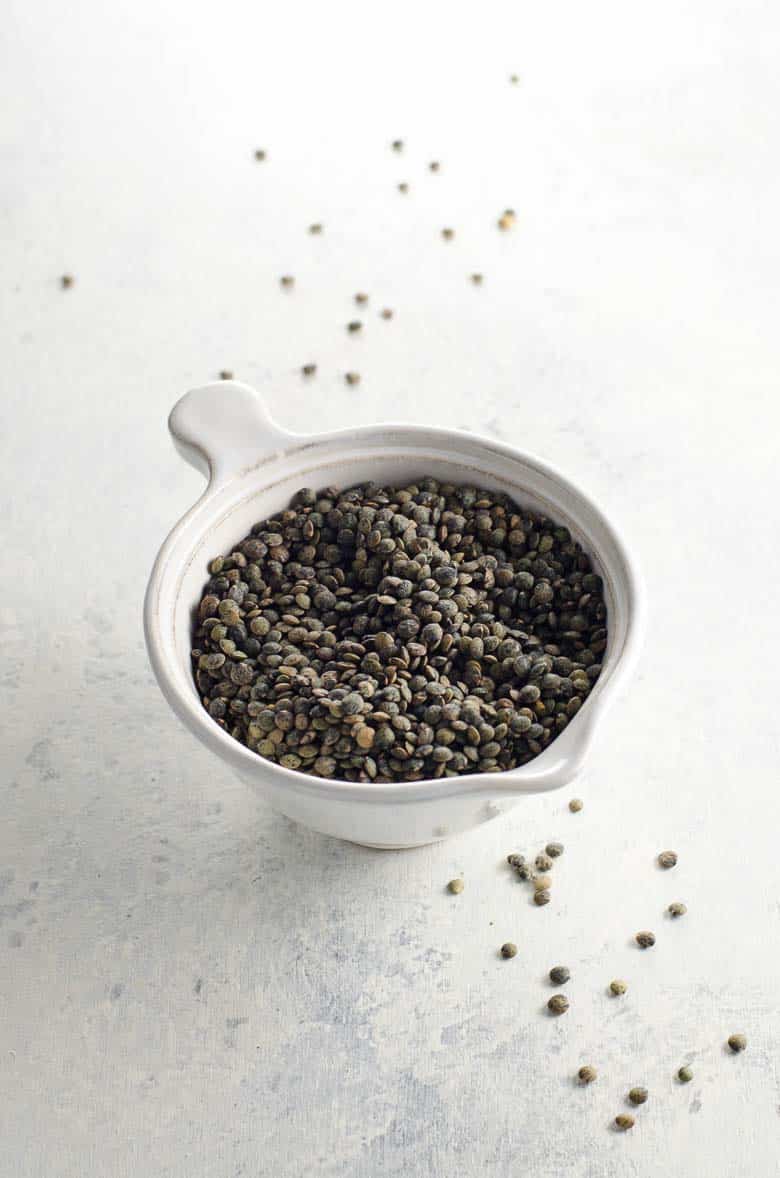
What to buy: Stocking the pantry
Grains and proteins
- Two kinds of dried lentils: Red lentils + Puy lentils or brown (a.k.a.green) lentils.
- Dried yellow split peas
- Dried beans (any kind — we gravitate toward dried black beans first)
- Canned beans: We normally stock canned black, pinto, navy, and garbanzo beans (chickpeas)
- Two kinds of rice: Basmati (which is long-grained and next-level delicious) and Arborio (which is short-grained)
- Two to four kinds of pasta: one or two long (spaghetti, linguine, fettuccine), one or two short (elbows, penne, ziti, farfalle), one tiny (orzo)
- Old-fashioned rolled oats
- Quinoa
- Peanut butter
- Canned tuna (learn our favorite kinds to buy here)
- Granola
- One type of cold cereal
- Popcorn kernels
- Whole wheat bread
- English muffins
- One type of cracker
Sauces
- Canned or tetra-packed tomatoes (we usually buy Pomi boxes, both chopped and strained)
- Marinara sauce
- Boxed chicken broth and/or good vegetable broth
Oils, vinegars, and more
- Extra-virgin olive oil
- A high-heat neutral-tasting cooking oil like safflower, canola, or vegetable oil
- Toasted sesame oil
- Two kinds of vinegar: Choose among red wine, champagne, apple cider, rice, balsamic
- Reduced-sodium soy sauce
Spices
- Essential spices: Salt and pepper, ground cumin, ground coriander, ground turmeric, ground Hungarian paprika, dried thyme (or substitute herbs de Provence), ground cinnamon, ground nutmeg, ground smoked paprika, chili powder
- Nice to have: Cardamom, za'atar, TJ's everything bagel seasoning, saffron (it's not as expensive as you think), dried oregano, dill weed

For baking
- All-purpose flour
- Granulated sugar
- Brown sugar
- Confectioners sugar
- Baking soda + baking powder
- Unsweetened cocoa powder
- Bittersweet chocolate chips
- Vanilla extract
- Active dry yeast (or make your own sourdough starter)
And let's not forget essential beverages
- Coffee
- Wine
What to buy: Stocking the fridge
- Butter (we love salted Kerrygold)
- Eggs
- Milk/plant-based milk (ultra-pasteurized for longer shelf life)
- Heavy cream
- Yogurt (plain Greek + flavored)
- Cottage cheese
- Hard cheese for grating (pecorino or parmesan)
- Cheese galore: Extra-sharp cheddar, low-moisture mozzarella, and feta or fresh chèvre
- Hummus
- Dijon mustard
- Ketchup
- Salsa
- Mayo (or make your own)
- Hot sauce (Cholula and/or sriracha)
- Maple syrup
- Cheese tortellini
Cooking basics
New to the kitchen and need to acquire a few basic skills? Here's where to start. We'll be adding to this section in the weeks to come.
- How to cook dried beans
- How to cook a perfect pot of lentils
- How to cook quinoa
- How to make perfect hard-boiled eggs
- Seven-minute eggs
- How to make your own veggie stock, chicken stock from whole chickens, and Instant Pot bone broth
- How to bake a potato
- How to measure flour
- How to whip cream and egg whites
Ingredient substitutions
My friend Debbie Koenig, veteran cookbook author and food writer, put together this useful list of ingredient substitutions for the Huffington Post. It's likely to come in handy now, and is also a great resource going forward.
What about food safety?
Read this comprehensive article by J. Kenji Lopez-Alt on Serious Eats for the answers to all your food safety questions.
Breakfasts
Full disclosure: I've been eating the exact same breakfast of savory oats with a fried egg every day for weeks, unrelated to the news. (It has to do with my relaxed take on Bright Line Eating, if you're curious — and it's also been a calming ritual now that I need one.) But you don't have to! Here are a few of our favorites
For weekdays
- Savory oats
- Perfect oatmeal
- Yogurt, fruit, and granola
- Cold cereal and fruit
- Fried or scrambled eggs and toast
- Smoothies
For weekends
Lunches
- Tuna salad with greens
- White bean salad with greens
- Deconstructed hummus chickpea salad with greens
- Grilled cheese
- Turkey sandwich
- Leftovers from any dinner
Grab-and-go snacks (but don't go!)
- Hummus and veggies
- Yogurt or cottage cheese and a piece of fruit
- Popcorn
- Banana or apple and peanut butter
- Cheese and crackers
Dinners
Vegan, gluten-free soups from the pantry
These powerhouse vegan soup recipes happen to be some of our most popular recipes, period. Three use dried legumes with minimal other ingredients. Two can be made in the Instant Pot. All taste like a million bucks and are super-comforting.
- Layla's lentil soup (stovetop or Instant Pot)
- Split pea soup with turmeric (stovetop or Instant Pot)
- Black bean soup
- Chickpea noodle soup
More favorite soups
- Spinach tortellini soup (Vegetarian)
- Italian sausage soup
- Sausage, potato, and kale soup (Gluten-free)
- Chicken poblano soup
- Kale soup with white beans and potatoes (Vegetarian)
- Butternut squash soup (Vegetarian, Instant Pot or Stovetop)
- Avgolemono soup
Vegetarian stews, curries, and chilis
Bowls (quick + easy)
- 5-minute black bean taco bowls from pantry and freezer
- 10-minute chickpea broccoli bowls from pantry and freezer
- Sweet Potato Buddha Bowls in 30 minutes
Meat dishes that freeze well
When you have fresh meat, make a big batch of one of these meals. Eat half now and freeze the rest.
- Boeuf Bourguignon (chuck or other stew meat)
- Chicken and white bean chili (chicken breasts)
- Bolognese sauce (ground beef)
Eggs
Rice
- Basmati rice pilaf goes with everything
- Risotto with ham and peas
- Risotto with shrimp and broccoli
- Risotto with bacon and spinach
- Saffron risotto with peas and goat cheese
Pasta and noodles
- Pasta Puttanesca (100% from pantry)
- Spaghetti with Garlicky, Lemony Creamy Kale
- Spaghetti alla Pomodoro
- Sesame Noodles
- Easy tortellini with Spinach
- Easy orzo (side dish)
Potatoes (side dishes)
- Salt and vinegar broiled potatoes
- Small-batch mashed Yukon golds
- Baked potatoes
- Potato salad (mayo-free)
Easy salads and veggie side dishes with few ingredients
Baking classics
- One-bowl Brownies
- A huge, freezable batch of Neiman Marcus Cookies
- Snickerdoodles
- Banana bread (from frozen or overripe bananas)
- With frozen blueberries: coffee cake, crisp, or muffins
- With frozen cherries: cherry clafoutis
- Apple crisp
- Scandinavian cinnamon buns
- Chocolate cupcakes
- Norwegian gold cake or cupcakes
Hungry for more?
Subscribe to Umami Girl's email updates, and follow along on Instagram.



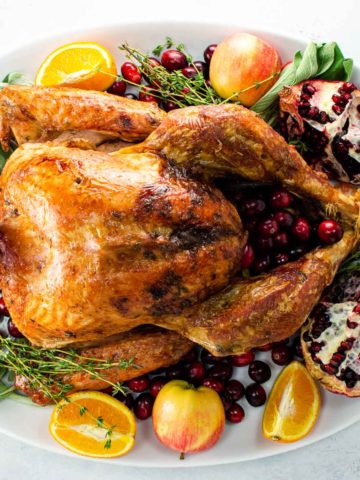
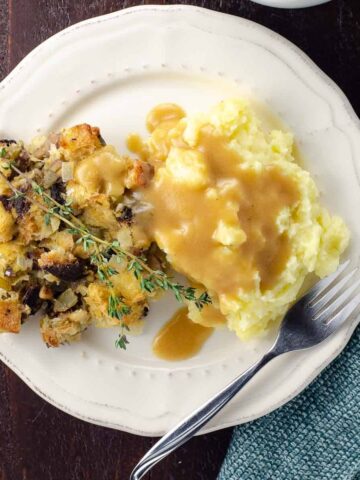

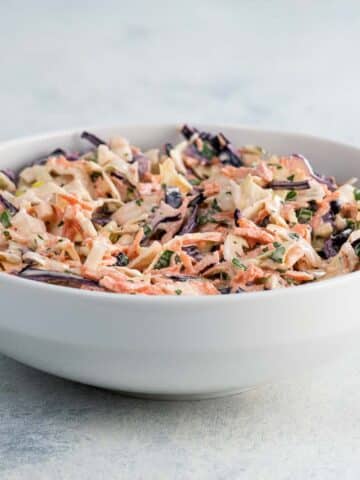

Leave a Reply